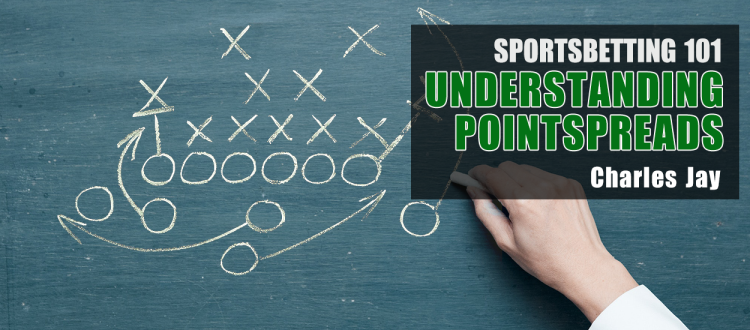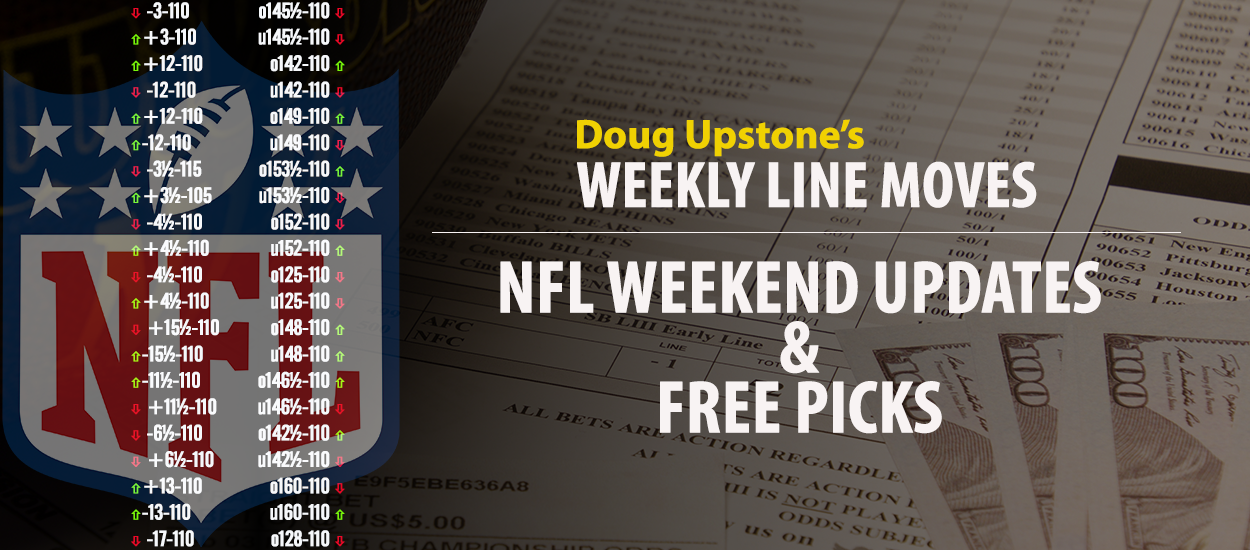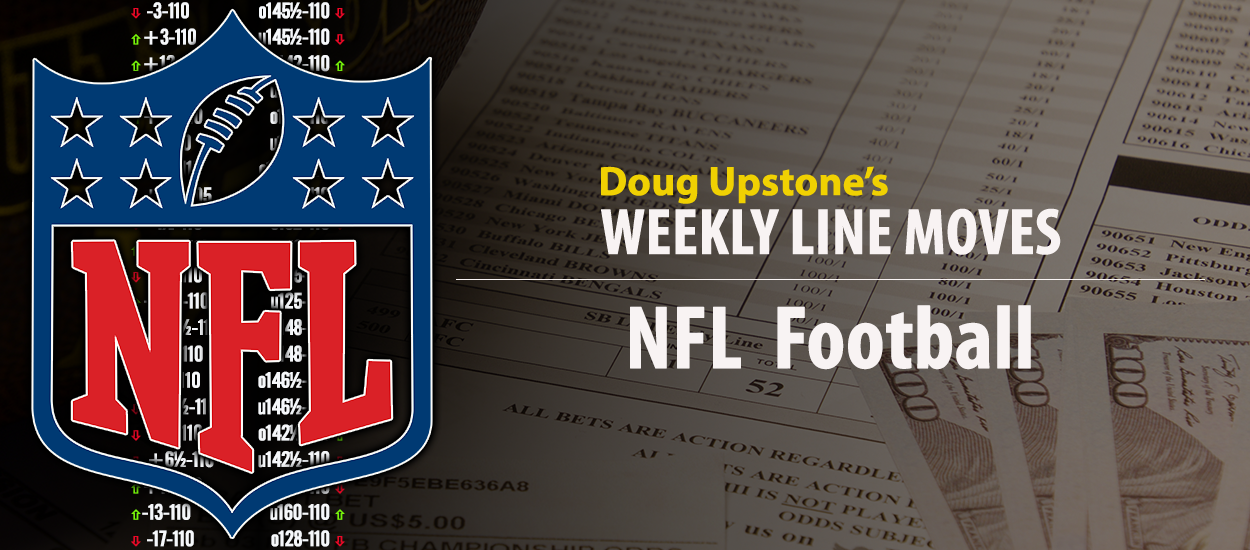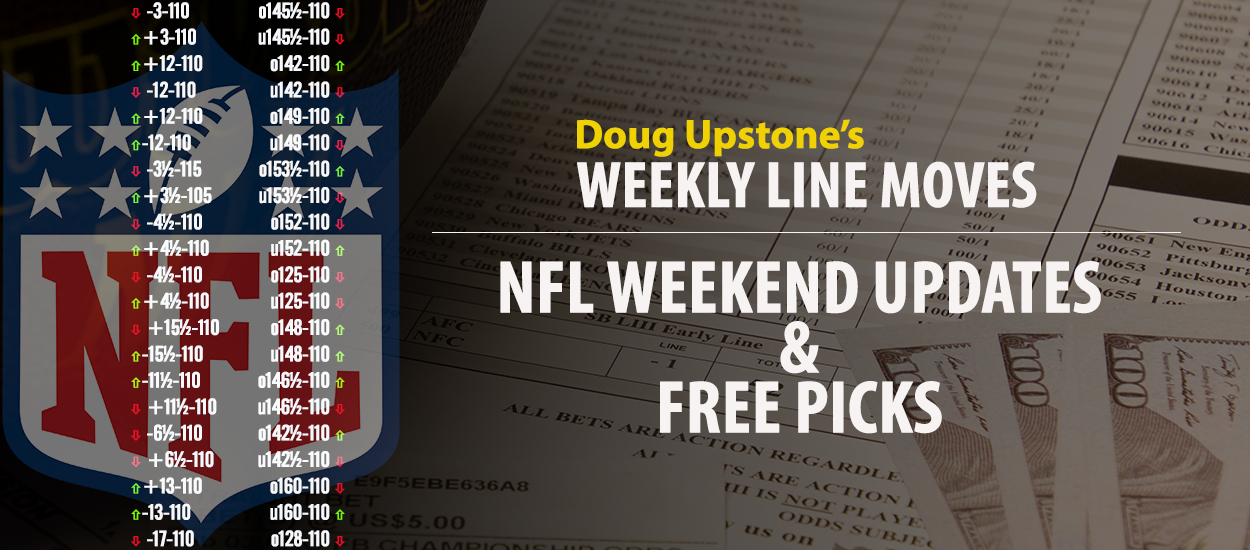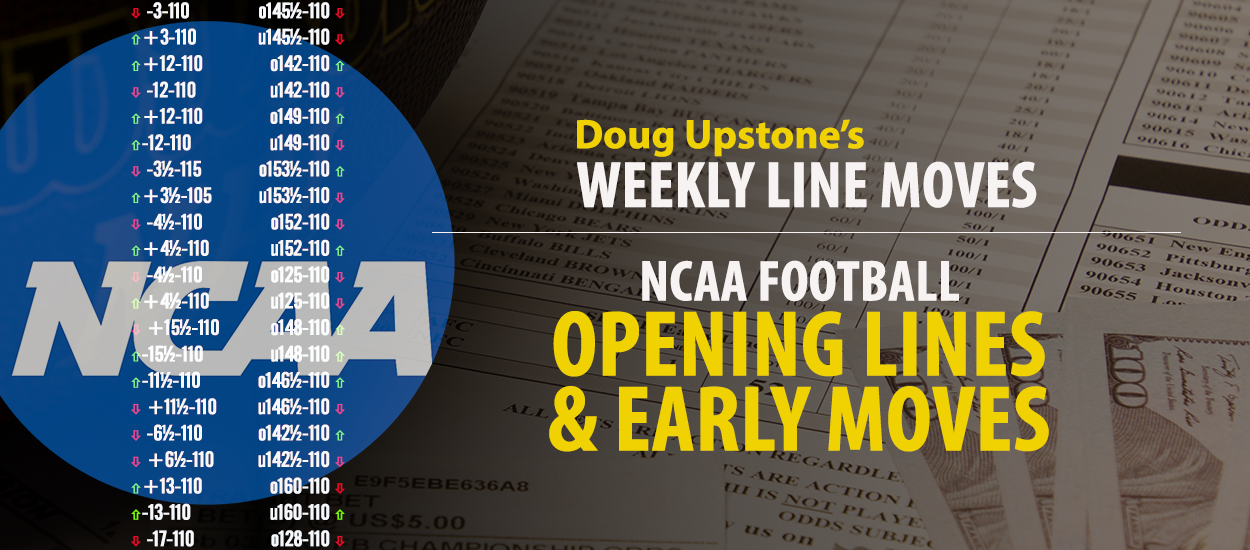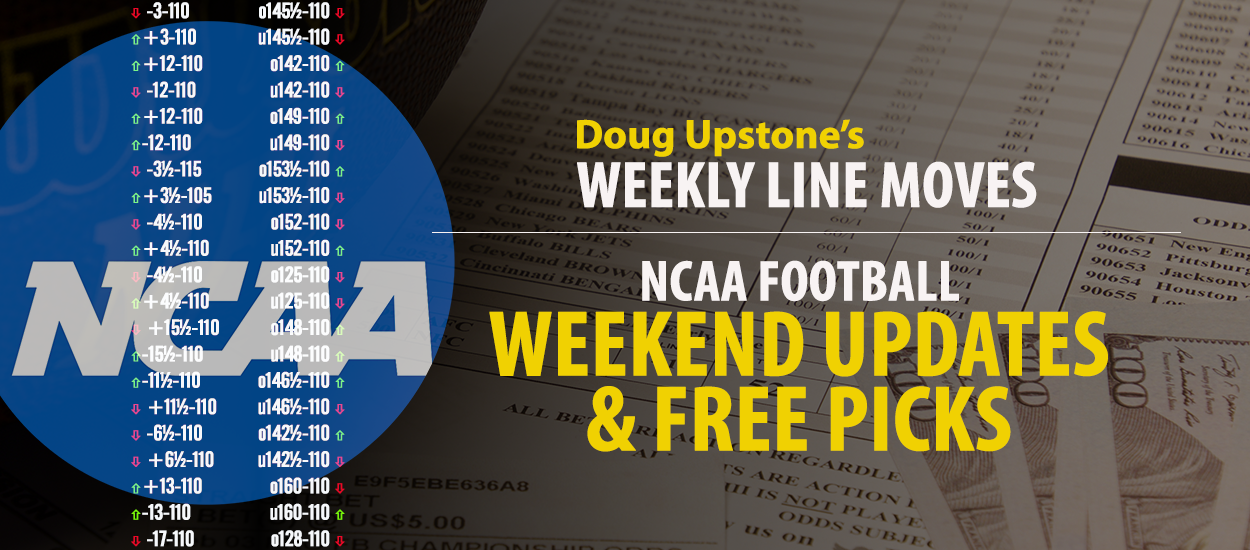What is a point spread?
There was a time when football bettors didn’t have very much of a choice when it came to wagering on games. They had to bet on which team was going to win a game “straight-up.” and that was about it. So it was somewhat like betting on two fighters as we know it now – if one entity was overwhelmingly better, the odds were going to be long, and invariably, on many events there was no attractiveness to be had with either the favorite or the underdog. Options were severely limited, but to make a long story short, the concept of having one team laying a certain number of points to the other, with a price of 11/10 laid by the bettor, regardless of which team he (or she?) was “on,” revolutionized everything. 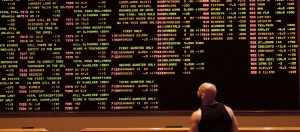
When the idea of a point spread was established in football, it marked a seminal moment in the history of sports betting. The problem is, no one is altogether sure exactly when that moment was. The origin of the spread is debated and has been often discussed.
The man credited by many for inventing a point spread on football games was Charles McNeil, a stock adviser and mathematics teacher who reportedly once numbered John F. Kennedy as one of his students. He did so out of necessity when running a bookmaking operation in the 1940s. This is not an undisputed distinction for McNeil, however. Billy Hecht of Minnesota, who established the Gorham Press and created something called the “Minneapolis line,” and Ed Curd, a prominent bookmaker in Kentucky, also get credit, depending on who you talk to. My own guess is that all three men recognized a common problem, and being smart, enterprising types, may have come up with a solution independently of each other.

I had the opportunity to interview Curd years ago, and while he thinks he may have been the first, he did assert something that is not disputed one bit: that not only was a point spread critical in terms of facilitating action, to begin with, it was also instrumental in creating an atmosphere by which action could be balanced between both sides of a game, leaving the bookmaker less at risk.
A point spread is a relatively simple concept, which is why it gained quick acceptance and remains something that is accessible to, and understandable by, the general public. One team is “laying” a certain amount of points and is the favorite; the other team is the underdog and is “taking” points. The favorite must win the game by more points than the point spread indicates, and at the same time, if the underdog, plus the points it gets, exceeds the number of points the favorite scores, it is a winner.
So here’s an example:
New Orleans Saints -5 (-110)
Carolina Panthers +5 (-110)
Note that the -110 represents the vigorish; that is, the price that is risked by all bettors and ultimately paid to the house by losers. In other words, if your intention is to bet $100 on the Saints, you are actually risking $110. If you win, your profit is $100. If you lose, you’re paying $110.
If New Orleans is favored by five points over Carolina, the Saints must win by more than five points to cash a ticket. Anything less than that, and the Panthers win. if the result falls on five points, it is a “push” (a tie). If the point spread can’t be explained any easier than this, it is useless as a betting mechanism for the masses.
I’m sure you’ve been told this before, but a point spread is not necessarily a prediction on who is going to win a game and by what margin, as much as it is an evaluation of the relative strength between two teams. This is generally done through the use of power ratings,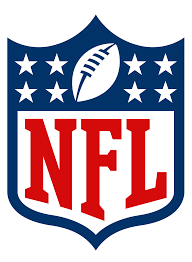 supplemented by a value placed on the “home field advantage.” The bigger the disparity between the power ratings of two teams, the greater the line. When a number is arrived at, there may be some “man-to-man” betting, or a simulation of such, between those involved in compiling this line that will tweak the number into the right place. Of course, as the legendary Bob Martin, former sportsbook chief at Las Vegas’ Union Plaza Hotel/Casino (who is credited by many as the man who refined the point spread) once put it, “The right number fits like a glove.”
supplemented by a value placed on the “home field advantage.” The bigger the disparity between the power ratings of two teams, the greater the line. When a number is arrived at, there may be some “man-to-man” betting, or a simulation of such, between those involved in compiling this line that will tweak the number into the right place. Of course, as the legendary Bob Martin, former sportsbook chief at Las Vegas’ Union Plaza Hotel/Casino (who is credited by many as the man who refined the point spread) once put it, “The right number fits like a glove.”
Maybe the shape of your “glove” is different, though. What it comes down to is that you’ll have your own opinion as to the power ratings on teams, and whether you have a genuine play on a game or not will depend on what the difference is between your opinion and the oddsmakers. And if you aren’t making up any power ratings of your own, find somebody respectable who is.
There is at least one more element to the composition of a line, and that is public opinion. Part of this formula involves some speculation as to how the public is going to react to a game. And whoever is making the line may shade it a little in that direction. For example, let’s say the Saints are regarded as a “public” team, i.e., one that the public tends to bet on. If a line, based on the numbers, dictates that the Saints are a five-point favorite on a game, the linemaker may put it up at 5.5 points, as he may anticipate action on the favorite.
Of course, from there it will move, according to what direction the action is going. Reaching a “game limit” in terms of the action on one side might move the line a half a point either way and so on. This is one way the linemaker will attempt to get to a point where balanced action is achieved. Another might be to change the payout odds on a game that also carries a point spread. For instance, instead of having a bettor lay the customary 11/10 (-110), he may have to lay 6/5 (-120) or more on a team covering, instead of moving the line off a number. And these days, they are down to penny lines, where you may lay -113 or -107.
But that subtlety is going to be a more involved discussion for another time.
For now, we’d just like for you to get the basic “point.”

